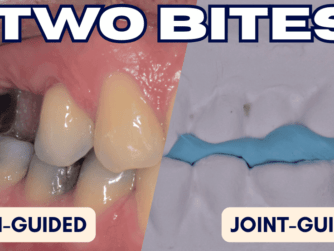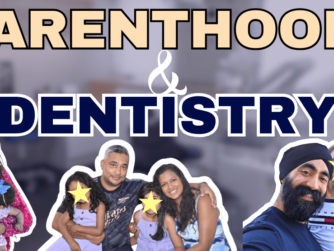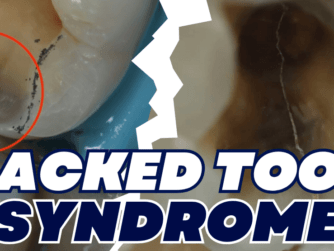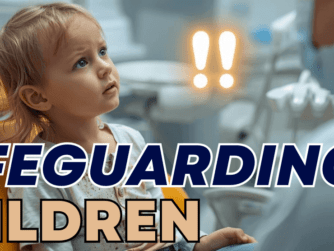Podcast: Play in new window | Download (Duration: 57:33 — 81.5MB)
Subscribe: RSS
When Mike Gow first told me that he helped place dental implants on patients WITHOUT local anaesthetic, I thought he was lying. Then I found out they have also done a sinus lift without LA…what?!
You read that correctly! Mike Gow has centred his practice around the management of nervous and anxious patients. Don’t you think we can learn so much about management of dental anxiety from someone who has achieved the above?
This is exactly why I brought him on as my guest of honour for Episode 50 (50 not out!) and you will love this, gem-packed podcast with valuable ways to help us become better Dentists to anxious patients.
The Protrusive Dental Pearl is to check out Anydesk (it’s free!) to gain remote access to your work computer in a secure way, so you can access X-rays and treatment plans any time, from any where! This has helped me on so many occassions!
Also check out the 1 hour free training on Teeth Whitening by Dr Payman Langroudi of Enlighten Smiles.
We discuss:
- How and why he found himself in a situation to hypnotise patients and place implants without LA
- Mythbusting about Inhalation Sedation
- Top tips in making patient feels calm and cared for (gold)
- Gow Gates vs Akinosi – which ID Block alternative is better?
- How to have a thriving practice centered on anxious patients
- The powerful secrets of managing dental anxiety
Mike’s resources as promised:
His practice, the Berkeley Clinic
And of course, Mike on the news!:
Dr Mike Gow also runs InterDental TV for the latest in Dentistry.
If you enjoyed this episode, you may also like Dr Libi’s 2 episodes on Paediatric Dentistry!








[…] you loved this episode, please do check out What Every Dentist Should Know About Managing Dental Anxiety with Dr. Mike […]
[…] If you enjoyed this episode, you may also like What Every Dentist Should Know About Managing Dental Anxiety […]
[…] If you enjoyed this episode, you may also like another sedation episode: What Every Dentist Should Know About Managing Dental Anxiety with Dr. Mike Gow […]